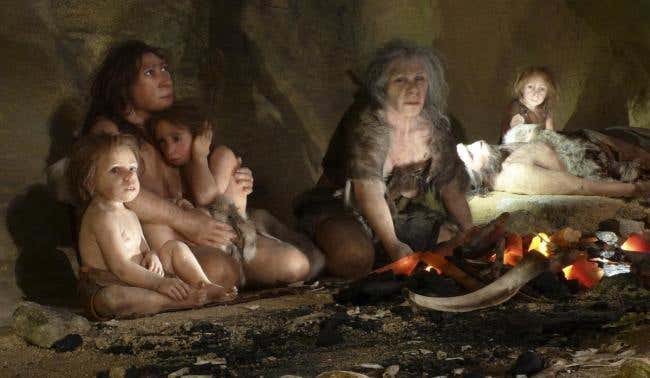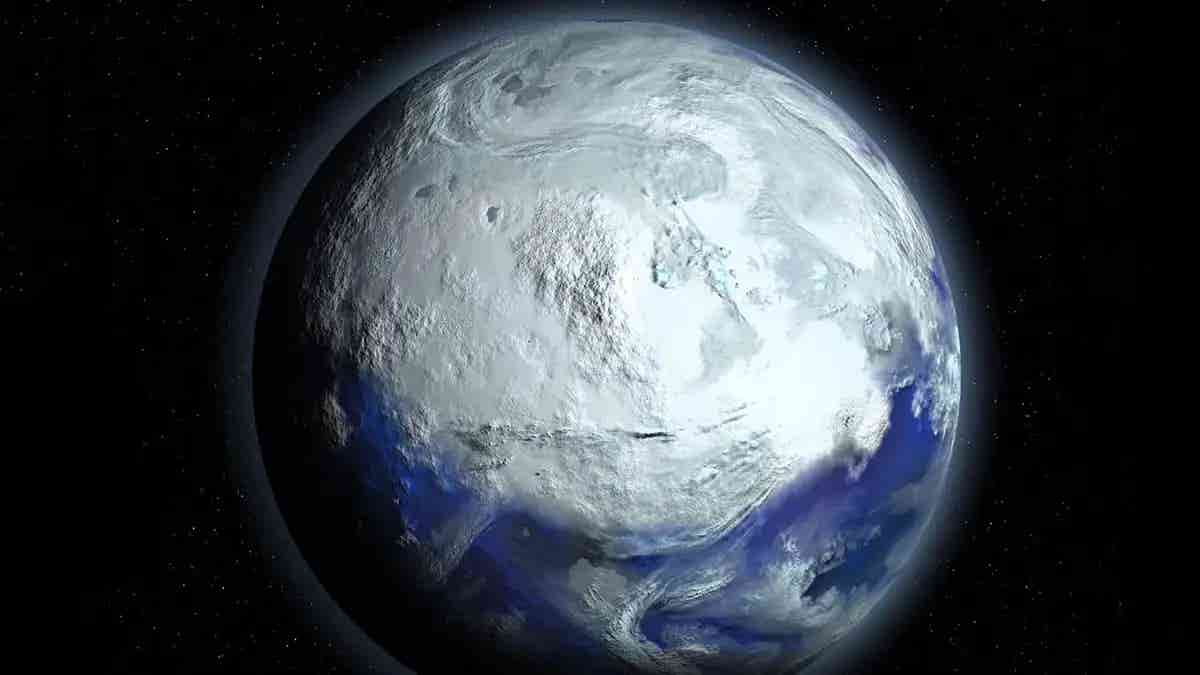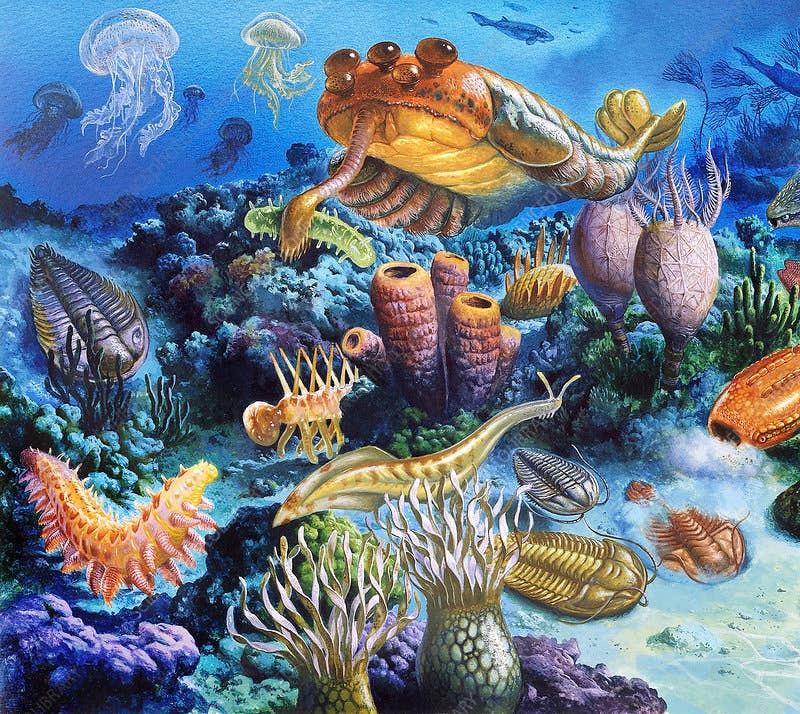DNA analysis shows prehistoric humans mated with their cousins far less than modern man
Today, more than 10 percent of all global marriages occur among first or second cousins. Ancient humans rarely chose their cousins as mates.

[Sept 14, 2021: Max Planck Society]
Today, more than 10 percent of all global marriages occur among first or second cousins. While cousin-marriages are common practice in some societies, unions between close relatives are discouraged in others.
In a new study, researchers from the Max Planck Institute for Evolutionary Anthropology in Leipzig, Germany, and the University of Chicago investigated how common close parental relatedness was in our ancestors.
The researchers re-analyzed previously published DNA data from ancient humans that lived during the last 45,000 years to find out how closely related their parents were. The results were surprising: Ancient humans rarely chose their cousins as mates. In a global dataset of 1,785 individuals only 54, that is, about three percent, show the typical signs of their parents being cousins. Those 54 did not cluster in space or time, showing that cousin matings were sporadic events in the studied ancient populations.
Notably, even for hunter-gatherers who lived more than 10,000 years ago, unions between cousins were the exception.
The researchers screened DNA extracted from ancient human remains for the genomic signs of parental relatedness. (Credit: MPI for Evolutionary Anthropology)
To analyze such a large dataset, the researchers developed a new computational tool to screen ancient DNA for parental relatedness. It detects long stretches of DNA that are identical in the two DNA copies, one inherited from the mother and one from the father.
The closer the parents are related, the longer and more abundant such identical segments are. For modern DNA data, computational methods can identify these stretches with ease. However, the quality of DNA from bones that are thousands of years old is, in most cases, too low to apply these methods. Thus, the new method fills the gaps in the ancient genomes by leveraging modern high-quality DNA data. "By applying this new technique we could screen more than ten times as many ancient genomes than previously possible," says Harald Ringbauer from the Max Planck Institute for Evolutionary Anthropology, the lead researcher of the study.
This figure shows genomic signs of parental relatedness in an individual who lived ca. 6,000 years ago in present-day Israel. Dark grey stretches mark areas where identical DNA was passed on by the two parents. Based on the length and number of these segments, the researchers concluded that the parents of this individual were full siblings. (Credit: Ringbauer et al. (2021))
Studying background relatedness
Beyond identifying matings of close kin, the new method also allowed the researchers to study background relatedness. Such relatedness originates from the typically many unknown distant relationships within small populations. As a key result, the researchers found a substantial demographic impact of the technological innovation of agriculture.
This was always followed by a marked decay in background parental relatedness, indicative of increasing population sizes. By analyzing time transects of more than a dozen geographic regions across the globe, the researchers expanded upon previous evidence that population sizes increased in societies practicing farming compared to hunter-gatherer subsistence strategies.
The new method to screen ancient DNA for parental relatedness gives researchers a versatile new tool. Looking forward, the field of ancient DNA is quickly developing, with more and more ancient genomes being produced every year. By elucidating mating choices as well as the dynamics of past population sizes, the new method will allow researchers to shed more light on the lives of our ancestors.
Like these kind of feel good stories? Get the Brighter Side of News' newsletter.
Tags: #New_Discoveries, #Anthropology, #Genetics, #Family, #Cousins, #Prehistoric_Man, #The_Brighter_Side_of_News
Joseph Shavit
Head Science News Writer | Communicating Innovation & Discovery
Based in Los Angeles, Joseph Shavit is an accomplished science journalist, head science news writer and co-founder at The Brighter Side of News, where he translates cutting-edge discoveries into compelling stories for a broad audience. With a strong background spanning science, business, product management, media leadership, and entrepreneurship, Joseph brings a unique perspective to science communication. His expertise allows him to uncover the intersection of technological advancements and market potential, shedding light on how groundbreaking research evolves into transformative products and industries.



